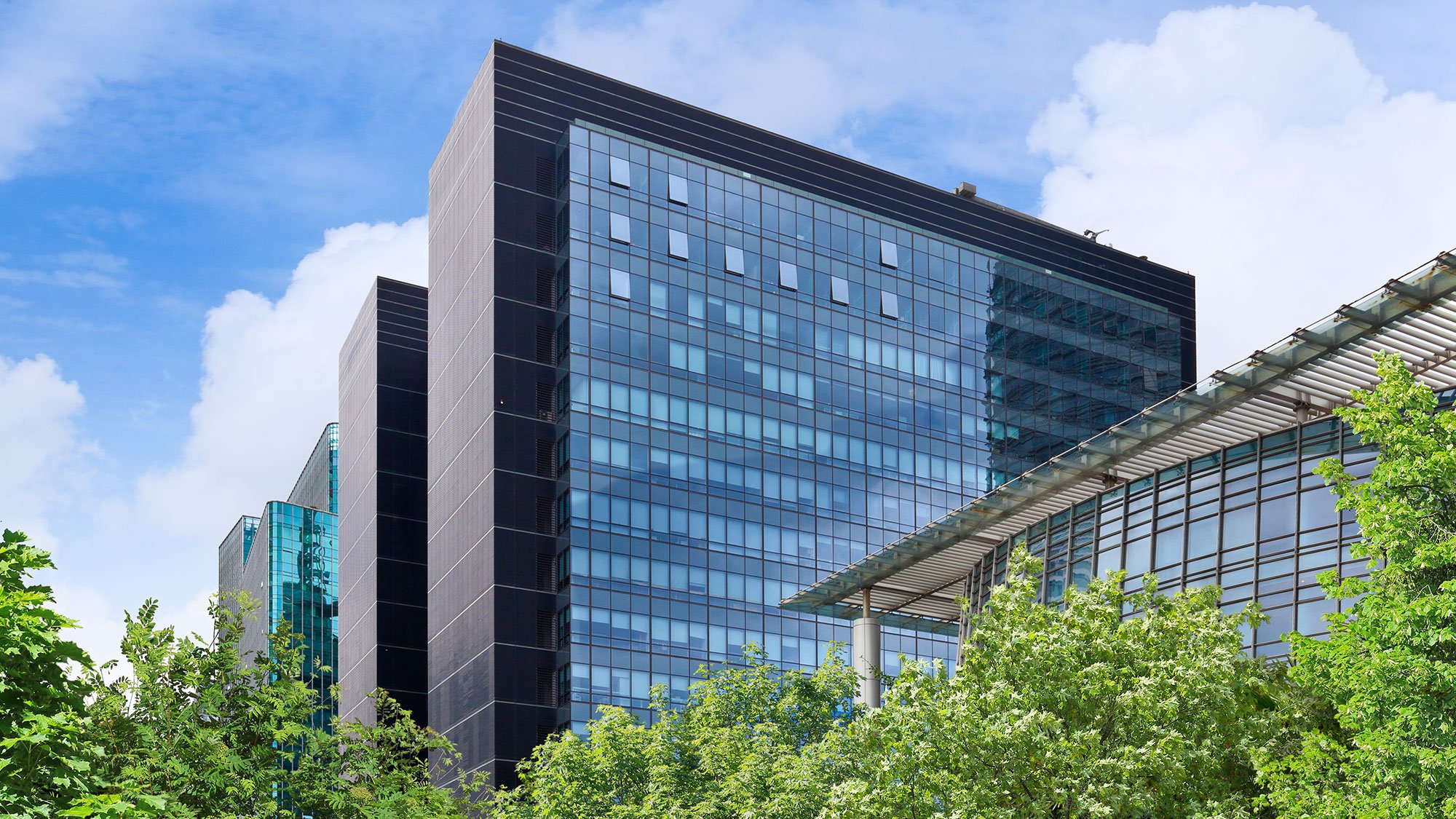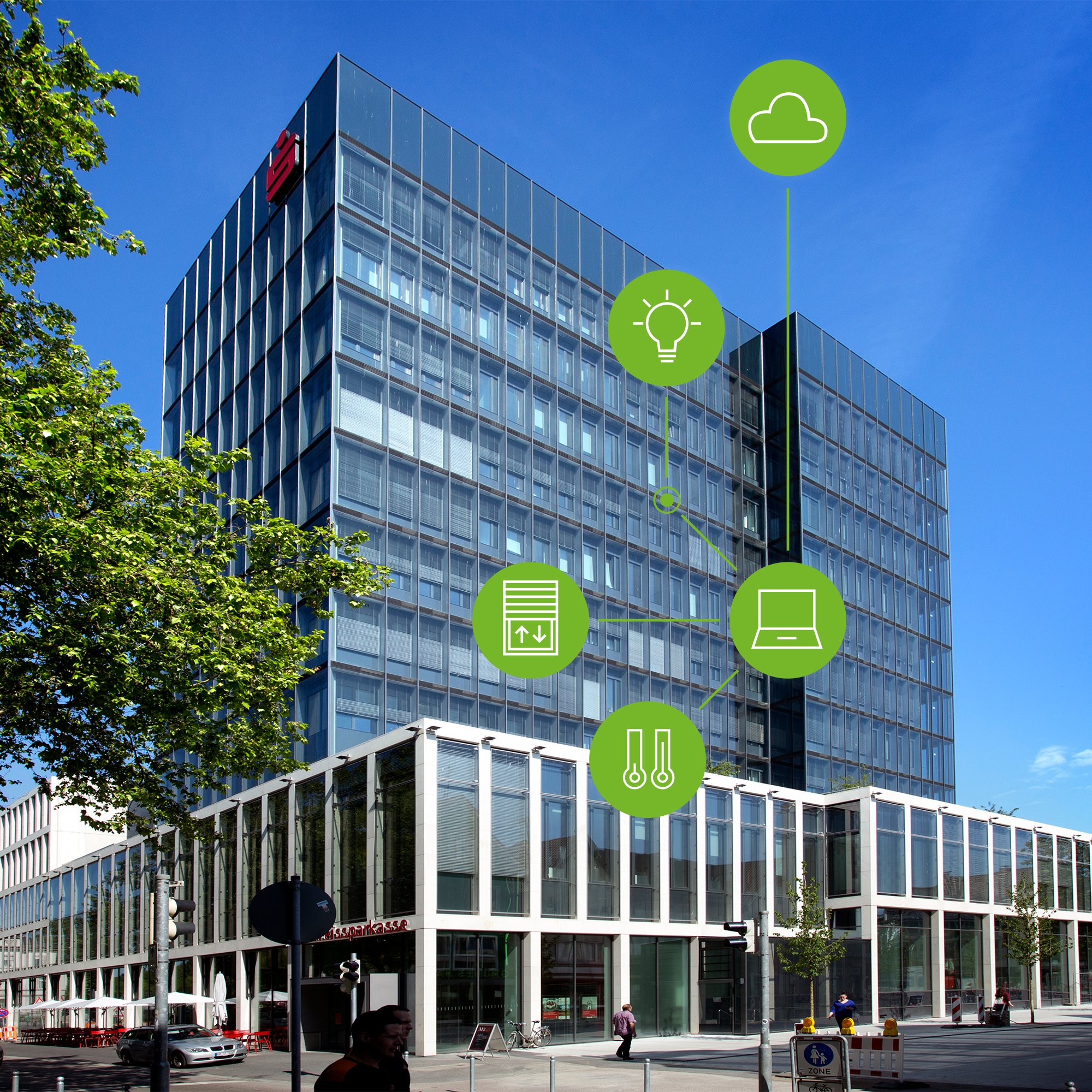Keeping Stores Running Smoothly
No matter how diverse and differentiated the retail sector may appear, it’s all driven by the same motivation: selling products! Building automation can make an important contribution by providing an optimal environment – for customers, salespeople and store management alike. Therefore, solution providers need to follow two key rules: “understand your market” and “provide a simple, secure solution.” With its selection of products specifically for the retail sector, WAGO has spent years demonstrating what this looks like in practice.
Here’s How WAGO Supports Retail:
- Ideal lighting, pleasant temperatures, efficient use of energy: Intelligent building automation provides optimal sales conditions in retail stores.
- Recording current state information: The modular WAGO I/O System 750 lets you combine all your sensors and actuators through different fieldbus protocols.
- The brains of the control unit: All of a store’s building systems are connected and controlled centrally through the PFC200.
- Developed specifically for retail: WAGO’s Building Control application includes pre-programmed functions for configuration to meet specific requirements of the retail sector.



